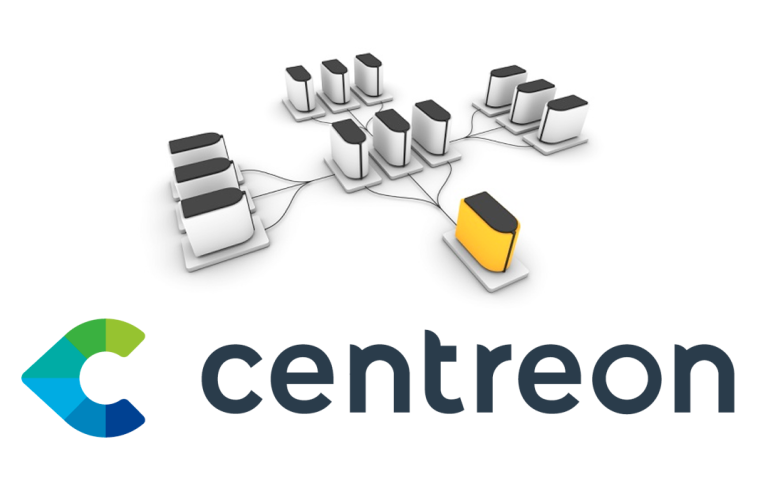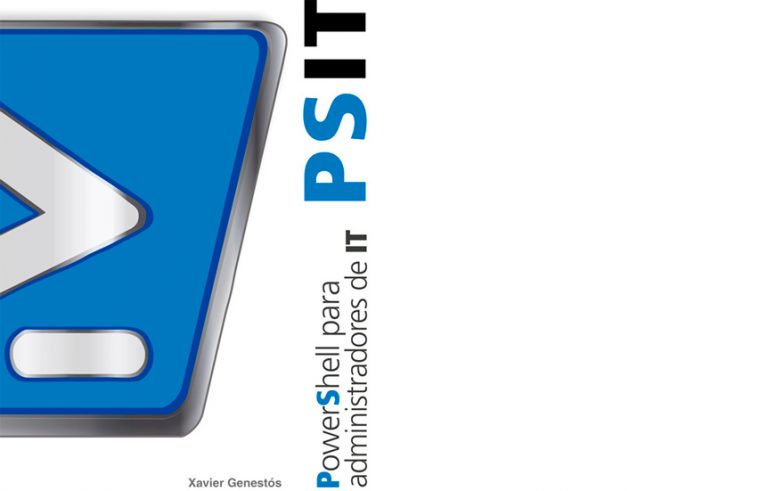
Configuring a Client Access Cluster or Array for Microsoft Exchange Server 2010
In this document, we look at how to configure high availability on your server with the Client Access role in Exchange 2010, based on an NLB cluster (Network Load Balancing), to avoid any service outage and to be able to accept requests at all times from the client computers.
It is assumed that we already have two servers with the Client Access role installed, we start configuring it from the DNS console on our DNS server, where we will create a type A record, we will indicate the name of the host and the IP address that the NLB cluster will later have (which will be where customers point to connect), We give “Add host”,
We install NLB on each server with the client access role in a PowerShell with the commands:
'Import-Module ServerManager’
'Add-WindowsFeature NLB”
Open the console “Network Load Balancing Manager” on one of the servers with the Client Access role, and we create the right-click cluster in “Network load balancing clusters” > “New cluster”.
We add one of the servers with the client access role by entering its name, Click on “Connect” & “Following”,
We indicate priority 1, “Following”,
“Add…” to enter the IP address that we want the cluster and its subnet mask to have, “Accept” & “Following”,
We indicate in “Full name of Internet” the FQDN name that will be the one we have previously created in the DNS, Mark “Multicast” & “Following”,
Last, “End”,
Once we have the NLB cluster up and the first equipment added OK, we have to add the rest of the servers to Microsoft Exchange Server 2010 that we have with the Client Access role. Right-click on the cluster “Add host to the cluster”,
We perform the same task with another server with the Client Access role, “Following”,
This host must have a lower priority, “Following”,
“End”,
We check that the NLB cluster is OK and its members.
Now we create the array of the servers with the following PowerShell command:
'New-ClientAccessArray -Fqdn “NOMBRE_FQDN_CLUSTER_NLB” -Site “SITIO_AD_UBICACION_EXCHANGE”
Now we need to change the 'RPCClientAccessServer' attribute’ of mailbox databases with:
'Get-MailboxDatabase | Set-MailboxDatabase -RpcClientAccessServer “NOMBRE_FQDN_CLUSTER_NLB”‘
We will now be able to configure and point our computers against this cluster of Client Access servers in Microsoft Exchange 2010!

























































